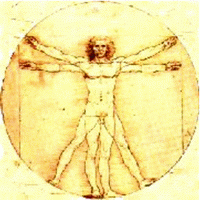Eur J Musculoskel Dis 2023 Jan-Apr; 12(1):33-77
REVIEW
WINCHESTER SYNDROME: A SHORT REVIEW
V. Sollazzo
Medical Center, Ferrara, Italy
Correspondence to:
Vincenzo Sollazzo, MD
Orthopedic Surgeon, Medical Director,
Medical Center,
Ferrara, Italy
e-mail: slv@unife.it
ABSTRACT
Winchester syndrome (WS) comprises dwarfism, coarsening of facial features, corneal opacities, leathery complexion, and hypertrichosis. It is an inherited osteolysis syndrome and is considered a bone syndrome. WS is inherited autosomally recessively, and pathological characteristics include time-worsened cutaneous, ocular, and bony-articular changes, multiple bony articular abnormalities, and cataracts. Although clinical symptoms vary, carpal and tarsal bone disintegration, generalized osteoporosis, increasing joint contractures, low height, peripheral corneal opacities, and coarse facial characteristics are prevalent. Skin characteristics include hypertrichosis, gingival enlargement, leathery skin in an annular or linear distribution, subcutaneous nodules, and extensive progressive multilayered symmetrical limited banding. Mucopolysaccharidosis with enzymatic abnormalities is suspected to be the cause of this disease. WS is now recognized as a homozygous missense mutation (E404K) in matrix metalloproteinase-2. Specialists, including paediatricians, orthopedists, radiologists, ophthalmologists, rheumatologists, neurologists, stomatologists, dermatologists, and psychologists, evaluate patients with symptoms suggesting this pathologic syndrome to make a diagnosis and arrange treatment.
KEYWORDS: Winchester syndrome, vanishing bone, skeletal-articular system, mucopolysaccharidosis


